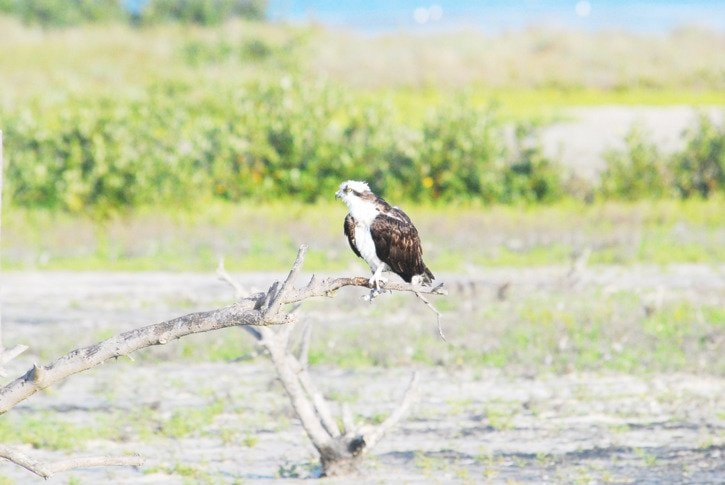For the last 18 years I have been systematically monitoring the Osprey nests between Nakusp and Fauquier. There have been a few occasions when I was away during the summer or at least away enough of the time that I was unable to get an accurate picture. But for 11 of the last 18 years I do have sufficient data to determine the outcome of the nests.
Each year I determine several things: 1) at how many nests birds are present at the beginning of the season; 2) in how many nests eggs are laid; 3) in how many nests young are produced and 4) how many young are produced in all the nests.
Ospreys spend the winter in Central and South America, and usually arrive back in the valley around the middle of April. Early in the season, usually at the beginning of May, I check all of the nests to see at which ones adult birds seem to be present. This has ranged from a low of 22 in 2012 to 36 in 2010; the average is 28. All of these nests, however, will actually be used.
For reasons which are unclear, there are always a few pairs that go through the motions, perhaps make some repairs to the nest, but do not lay eggs. The number of nests that do contain eggs has ranged from a low of 14 in 1998 to a high of 27 in 2010; with the average being 20.
Even in those nests in which eggs are laid, not all will actually produce young. The number of nests that do produce young has ranged from a low of 8 in 2012 to a high of 19 in 2010; the average is 14.5. The total number of young produced in all the nests has ranged from 13 in 2012 to 31 in 2011; the average is 23.7.
It is interesting to note that in years when fewer nests are successful, the average number of young in each nest seems to increase. Perhaps fewer nests results in less competition for food, and therefore better nesting success.
It is clear from these statistics that 2012 has been the worst year for Ospreys in the eleven years for which I have data. Only 50 per cent of the active nests produced young, (eight out of 16). On average, 72 per cent of active nests have produced young, and in some years it exceeds 85 per cent.
It would be really easy to say that high water levels this year were responsible for the low productivity. Perhaps high water makes it more difficult for adults to locate and catch fish. This might be the case, but it doesn’t explain why fewer adults laid eggs than usual – 16 nests this year compared to an average of 20.
Since there is considerable variation in productivity from year to year, it may be impossible to attribute this year’s poor success to any single factor, but water levels may be something to watch in the future!
